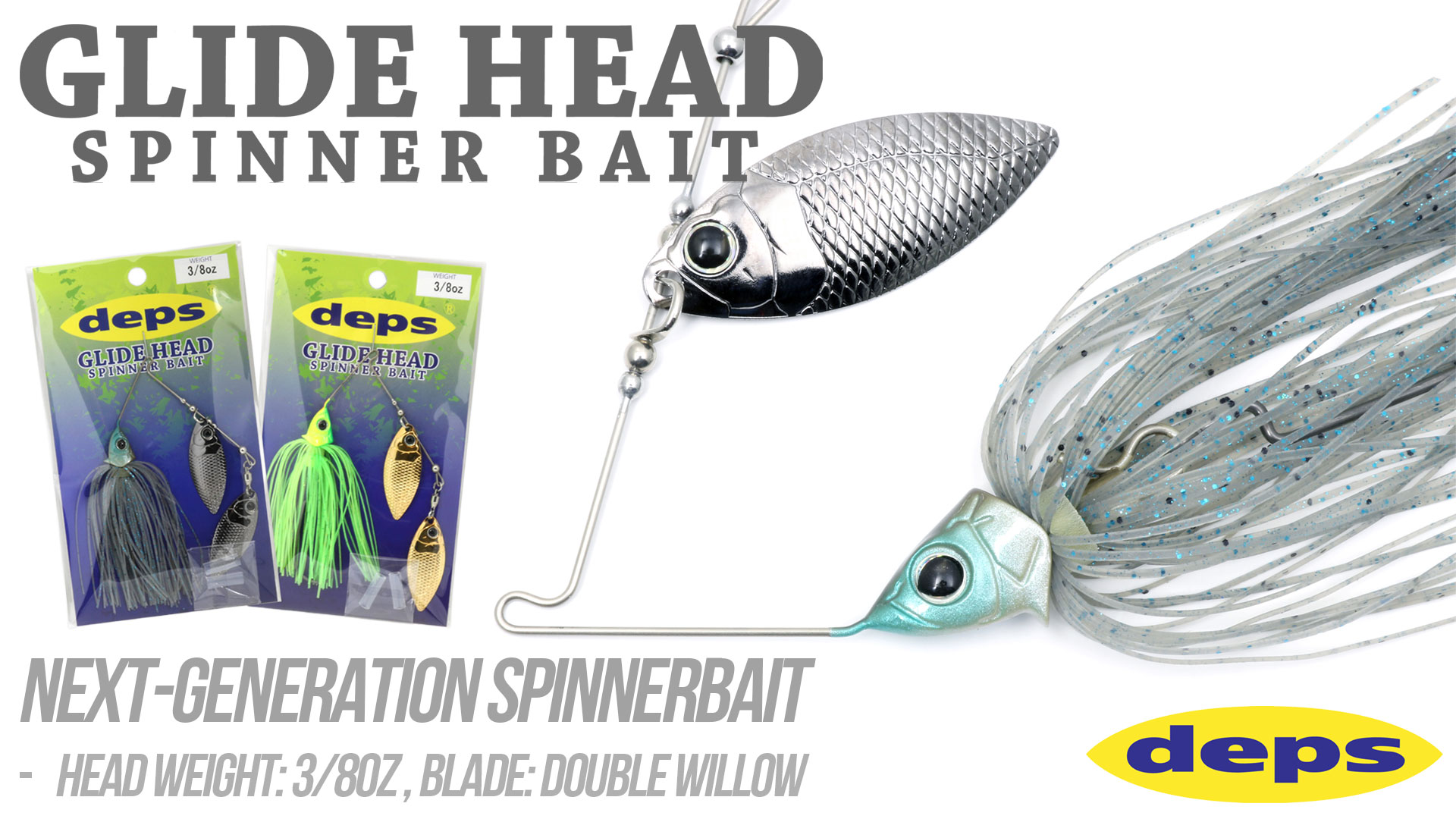Mention the word “swimbaits” and the first thing that comes to most anglers’ minds is the gargantuan seven-, eight- and even twelve-inch versions favored by west coast lunker hunters. But the same characteristics that make the big baits effective can also be deadly in much smaller packages.
South Carolina pro Michael Murphy knows when to downsize his swimbaits. “It’s a matter of basic biology,” he said. “You always want to match the hatch.” Accordingly, he’ll drop down to the various three-inch swimbaits Optimum makes, or even the 2.5” Double Diamond, when conditions dictate.
“In the pre-spawn, fish are looking for bigger meals,” he explained. “They’re trying to put on weight. But around March, when they’re getting ready for the spawn, they have things on their minds other than just eating. Sometimes they want a snack instead of a meal. I’ll go from a five-inch to a three-inch almost immediately.”
Once the spawn kicks in completely, his bite goes from shad to bluegill, which hover around the bass nests and seek to annoy them. “That’s when I go to the little BLT under the surface,” he stated. “Especially on the deeper beds, the fish will come up and look. You can fish the swimbait slower than you can with a crankbait or spinnerbait. Whether they’re on the bed or guarding fry, the strike zone is extremely small and this allows you to find the beds. They won’t always eat it but often they’ll show themselves and then you can come back and catch them.”
When the spawn is done, he’ll upsize his swimbaits once again, until later in the summer when the young of year baitfish become prevalent. “That’s when they’re starting to look at little bait again.” He’ll stay with the minis through fall, at which point he’ll upsize a bit again. “Whatever size the shad are, I’ll go an inch bigger. If you go too big, it spooks them off.\”





